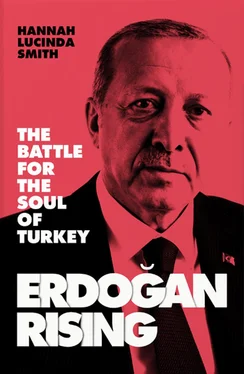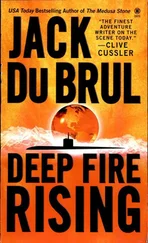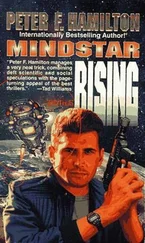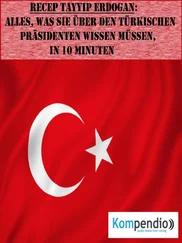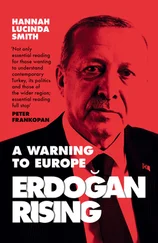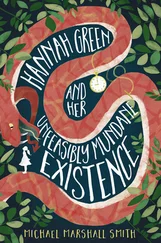1 ...6 7 8 10 11 12 ...24 For perhaps the first time ever, Istanbul’s Office of the Chamber of Topographical Engineers finds itself in the position of political referee. It weighs in with a statement on the justice-rally numbers, couched in rather different language to the usual Turkish rhetoric:
The rally area of Maltepe is approximately 275,000 square meters. Participants were also located in an area that was closed to traffic, which is around 100,000 square meters. So citizens took part in the rally over a space covering 375,000 square meters … In estimating the participant number, it is usually accepted technically that three to six people are located per meter square, so it can be stated that at least 1.5 million joined the ‘Justice Rally’. Experts say that considering the fullness of the rally area, this number could even be as high as 2 million.
My own back-of-a-fag-packet calculations concur: the areas of the Maltepe and Yenikapı parade grounds are roughly similar, while the part of the bridge where Erdoğan’s coup commemoration was held is not large enough to hold more than 200,000.
‘They don’t inflate the numbers, they just make them up!’ Yusuf says, our calculations hieroglyphing pages of my notebook.
Mehmet the street hawker doesn’t need mathematics.
‘I spend my life in crowds and I know the size when I look at them!’ he says. ‘There were at least three million at the Justice Rally. They were lying when they said a hundred and seventy-five thousand.’
So, yes, Kılıçdaroğlu has boosted his image beyond anyone’s expectations. Yet over his shoulder looms the man who really called out the party faithful: Mustafa Kemal Atatürk.
If you have ever read Daphne du Maurier you might recognise Erdoğan’s relationship with the blue-eyed blond. Just as the unnamed narrator of Rebecca obsesses over her husband’s dead first wife, it is easy to imagine how the thin-skinned Erdoğan, desperate to establish his own place in history, spends hours fretting over the continuing popularity of his biggest rival.
You could forget that Atatürk is no longer with us. He is so present in Turkey that you might expect him to pop up at a rally, or be interviewed on TV. Like the Queen, his face is so familiar it becomes difficult to see it objectively. Right now, he is the only person who might wield more power than Erdoğan. He is definitely the only one whose picture you will see more often as you travel around Turkey. Erdoğan’s face, always twenty years younger in photos than in real life, looms large from the banners strung between apartment blocks in conservative neighbourhoods. But it is Atatürk who hogs Turkey’s limelight.
It helps that he was photogenic – a natty dresser who instinctively understood the power of the camera at the exact moment the camera was becoming ubiquitous. Each stage of Atatürk’s career – officer, rebel, war hero, visionary – together with his transformation from conventional Ottoman gentleman to twentieth-century statesman and style icon, is represented in a series of classic images.
Anıtkabir, Atatürk’s mausoleum in Ankara, can probably be classed as his fanbase HQ, but you will find miniature shrines around every corner and underneath almost every shop awning. In his earliest portraits and photographs he looks like any other stiff-backed Ottoman officer. But in later images Atatürk swims, dances and flirts with the lens, dressed in finely tailored clothes and smoking monogrammed cigarettes. There is the famous silhouette of him stalking the front lines at the Battle of Gallipoli, deep in thought with a finger on his chin and a fez on his head. There is another of him in black tie and tails dancing with his adopted daughter, sleek in her sleeveless evening gown. There is the one where he stares directly into the lens, his cigarette in one hand and the other in his pocket, a Mona Lisa smile on his lips. There he is in a nerdish knitted tank top, teaching the newly introduced Latin alphabet to a group of enthralled children. The list goes on …
I like to try to guess the character of any individual Turk through the picture they display. Whenever I see a military Atatürk pinned up behind a counter I imagine the owner to be a patriot who looks back on his own military service with pride and warmth. If they have opted for a besuited and coiffed Kemal, I wager them to be pro-Western intellectuals. If, as in one meyhane (a traditional rakı-and-fish restaurant) close to my flat, the walls are plastered with various portraits from the start of his varied career to its end, I guess them to be full-blooded Atatürk fanatics.
My own favourite is the picture pulsing with such life and humour that the first time I saw it, hung behind the cash register of an Istanbul bakery, I yelped in delight. It is a colour photo of Atatürk on a child’s swing, aboard a pleasure steamer on a trip to Antalya. It was taken three years before his death, and he is not a well man. His sunken bright eyes and his receding blond hair, his pallor and stout middle betray his love of drink; he would die from cirrhosis of the liver aged fifty-seven. Yet he is grinning so widely you can almost imagine him whooping as he flies. A second, less famous frame taken minutes before or after this one shows him standing on the swing with a young child peeping between his legs. This, I thought, is a personality cult I could get with – and a personality cult is what it is. Insulting Atatürk or defiling his image can still land you with a prison sentence, or at the very least the probability of a beating from the nearest Atatürk devotee. Back in 2007, under Erdoğan’s government, a court decided that all of YouTube should be blocked because it carried a few videos deemed insulting to Atatürk. The ban stayed in place for two and a half years.
Internet censorship is still widespread, although these days insulting Erdoğan is far more likely to bring down a court order. Meanwhile, though, Atatürk’s genuine appeal burns strong. It is not unusual to see young Turks use an image of Atatürk as their Facebook profile picture, or tattoo his signature down their arm. You can buy T-shirts, mugs, bumper stickers and keyrings emblazoned with his face. My own collection boasts a wine carafe, an egg timer and a compact mirror. In almost every town you can find small museums dedicated to him in some way, staffed by volunteers and visited by Turks who earnestly take selfies with the Atatürk waxworks. During Gezi, the 2013 summer of riots sparked by plans to concrete over the eponymous park in Istanbul, the young protesters quickly realised that if they added an Atatürk image to the anti-Erdoğan slogans they spray-painted on the walls, the authorities would not paint them over. The council workers charged with this unenviable task decided to walk the tightrope between the two camps by painting out the slogans while fastidiously leaving the Atatürks. Though Erdoğan might dislike it, Atatürk’s cult endures. And so, Erdoğan has nurtured his own.
Shortly before the parliamentary elections of November 2015 – a contest in which Erdoğan, by that time president, was not even running – I visited his home district of Kasımpaşa, a port neighbourhood in central Istanbul. In a backstreet shoe shop, I found Fatma Özçelik, a lively 59-year-old who had known Tayyip from childhood.
‘Ooooh, he was so handsome!’ she told me. ‘So tall. So handsome! Yes, he’s a bit aggressive on screen. But what can you do?’
I asked who she would be voting for.
‘Tayyip!’ she replied.
But Erdoğan isn’t on the ballot, I said. Did she mean she would be voting for the AKP?
‘Nope!’ she insisted. ‘Don’t like any of them! I’m telling you, the guys ruling the AKP now are terrible. They’re blaming Tayyip for all their shit.’
Читать дальше
